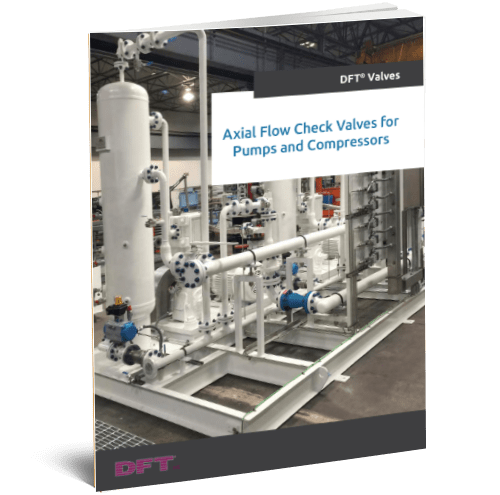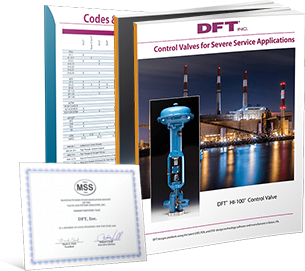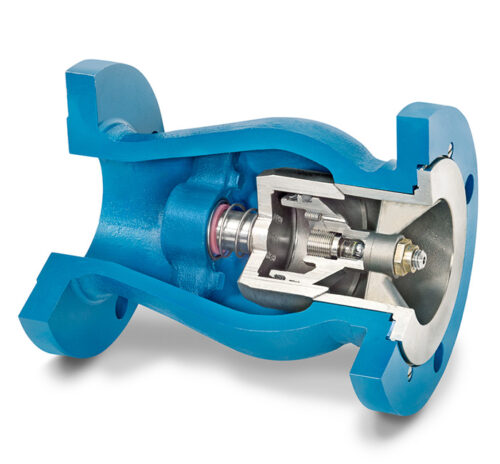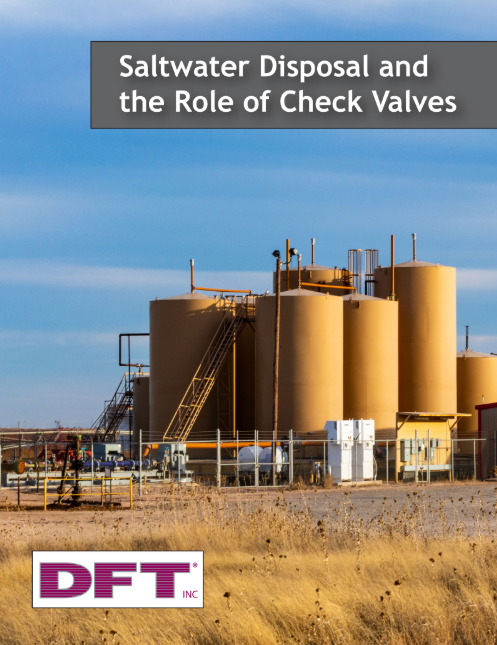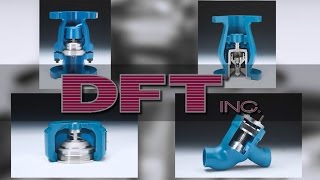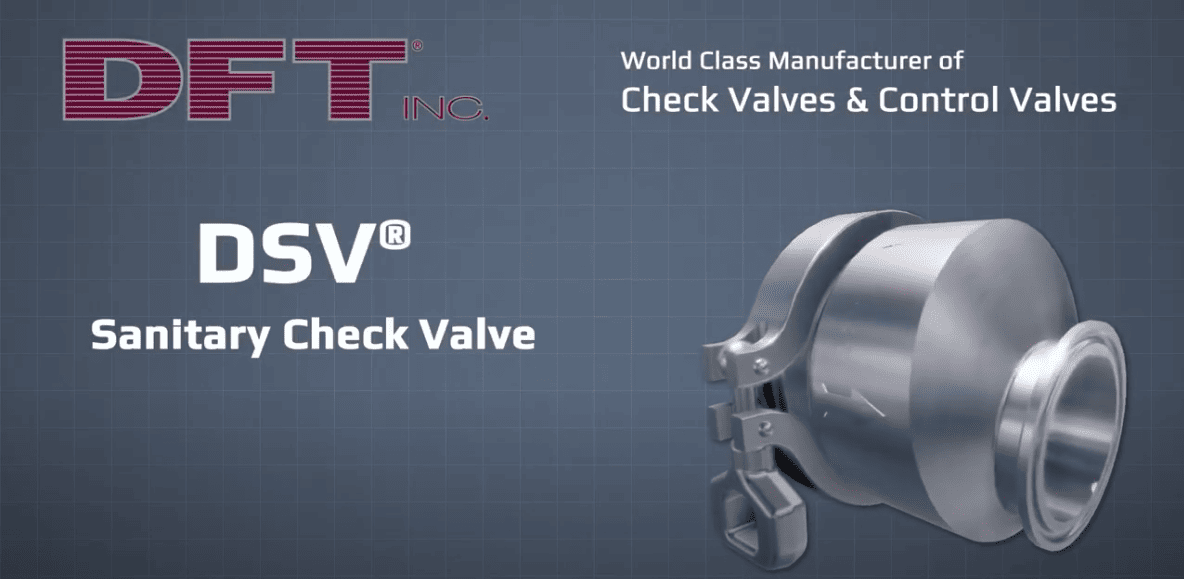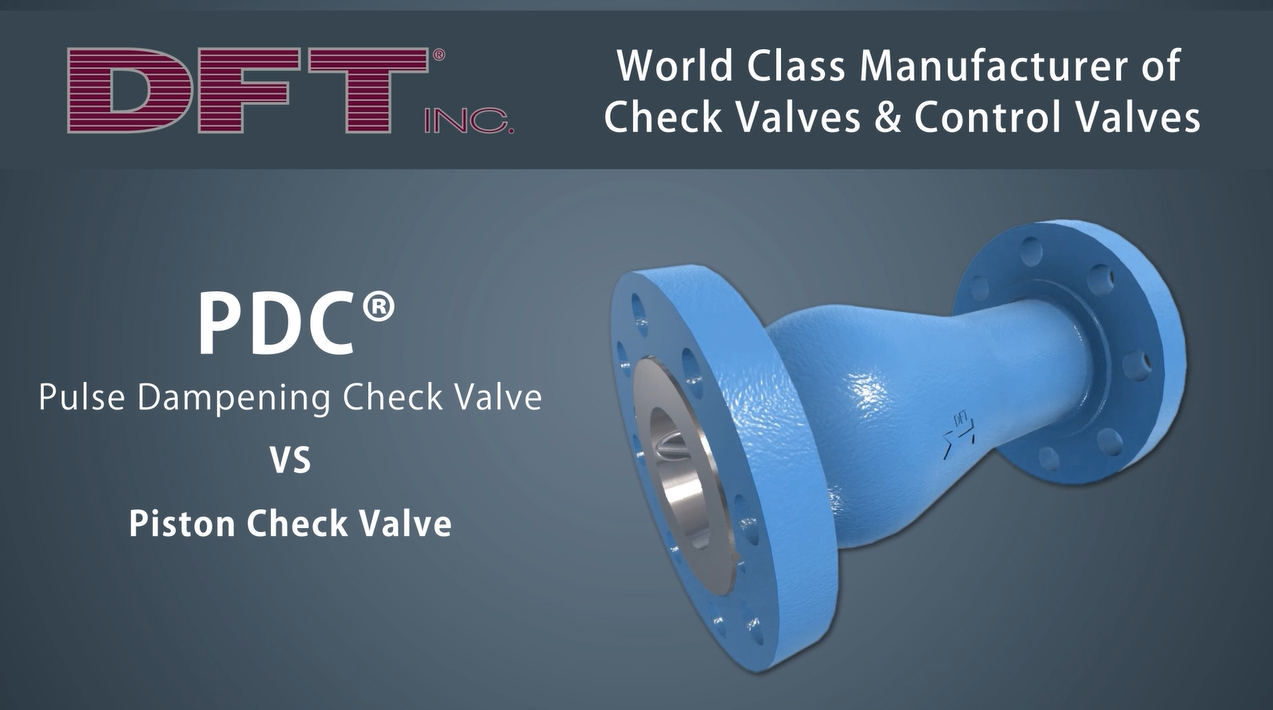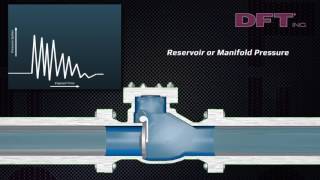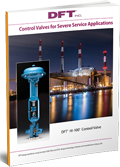How To Avert Water Hammer
Preventing water hammer in your home can save a lot of money and headaches. The loud, banging noise that occurs after every time you shut off the faucet or other water source–that is water hammer.

Normally, it’s hardly noticeable that water is running through a pipe system. Although, once there’s too much pressure or a valve is shut off too quickly it is hard to ignore.
Anticipating Water Hammer Before It Happens
Typically, the issue is characterized by a number of loud bangs or even a single noise and is followed by an echo sound, as well. This is not necessarily a tried and true indication of water hammer, though most likely that is the case.
At times, there is simply too much air in the pipes, which can happen upon opening the water valve. The problem and noise, caused by too much pressure, usually starts with the rapid closure of a valve.
Broken gauges or pipes and blown gaskets, seals or diaphragms are all possible from too much water pressure. Remember that water is a dynamic fluid and has mass. This means that upon a sudden stop, the water’s “hammer” effect increases the force of the water.
Think of the force of a solid object, like a heavy brick hitting the ground, and the effect it has. Similarly, the water’s force can cause breakage or other damage to the pipes, especially upon frequent repetitions of the force to the system.
Some common ways to fix water hammer are to reduce the pressure, even temporarily. This will take the force off the valve’s closing process until you can either invest in piping with chambers or install a pressure regulator.
If you want to install a water hammer arrestor, note you’ll have to choose one of three options: in-line, screw-in or capped vertical. It’s usually best to put it closer to the solenoid valve. It can be a DIY job and the required tools include a wrench, plumbers tape, a soldering torch and a tube cutter.
Other Options For Prevention
To prevent water hammer in the first place, invest in piping systems that already feature chambers, or cushions, that help relieve the pressure. Another option in prevention is to permanently reduce the water pressure running through your house.
Beware that this may cause a weak flow in upstairs locations or facilities farther from the water source. Also, keep tabs on your water pressure by investing in a water pressure gauge. This will help you inexpensively monitor the pressure in your plumbing.
Replacing the valve itself can also provide a solution. An example replacement is a check valve, where the flow moves through the check valve and opens it. Then, a spring closes the disc upon reduced pressure and ahead of the reverse flow.
If getting new pipes isn’t an option and you still have high pressure running through your pipes, a pressure regulator is another possible solution. This can ensure the pressure sourced from the municipal supply of water is reduced to a more safe level.
Water pressure regulators do not last forever, so if you already have one, it may be time to replace it. And if you’re just investing in one, put a reminder in your calendar to check or replace it in the future.


